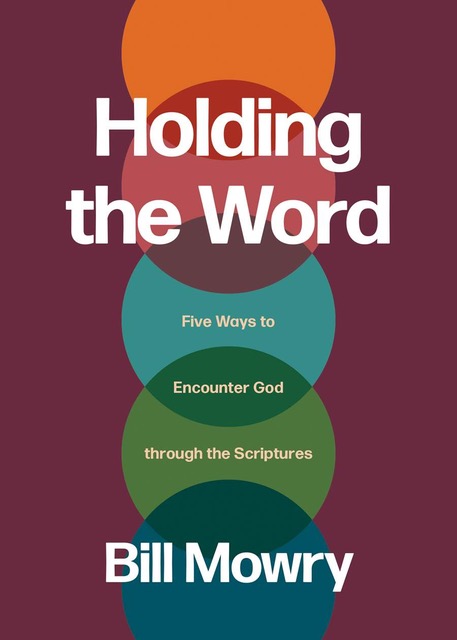I have a confession to make. I’m a vision junkie. My fascination with vision is probably because I’m an idealist at heart. Before becoming a Christ-follower, my idealism led me to join arms with the 1960s peace movement and its related streams of poverty eradication and racism. Surely we could change the world! When I discovered Jesus in college, I found the ultimate vision and Visionary. I was a quick convert to the vision of “world-conquering disciples” (a great 1960s slogan!). At twenty years old, I now had a life vision.
Writing vision statements, and trying to live by them, has become part of my life. I even have a vision statement for our yard! Here it is: We want to create a little place of beauty in a fallen world where people can experience the goodness of God. My wife Peggy thinks I’m a little obsessive about vision writing.
I think of vision as the intersection of stewardship, design, idealism, and reality. Ultimately, I serve the Visionary and His vision. After all, our goal is to do His will “as it is done in heaven.” My stewardship of His vision happens when I serve with how He has uniquely designed me. There’s an idealism to His vision — who doesn’t want to sit at the marriage feast of the Lamb where every tribe, tongue, kindred and nation is represented! At the same time, this idealism is tempered with a reality — we all have physical or time limitations.
Vision should have an elasticity that retains core elements and values while constantly adjusting to new life and cultural realities.
Vision carries with it a certain tension. On one side is freedom. A shared vision should open up our imaginations and creativity to explore new methods, experiment with new forms, and launch into new settings. There should be no limit to our risk-taking and dreaming about “what could be.” For this type of vision-imagining, leaders have to exercise trust. Risk and liberty happens when trust abounds. There’s a security in a shared vision that grants people the freedom to try new things, to succeed, and to fail.
The downside to liberty is becoming a “libertine,” one without moral principles or boundaries. Without the boundaries of a clear vision, we end up with “every man [and woman] doing whatever is right in their own eyes” (Judges 21:25). To prevent this from happening, we too quickly lapse into the other side of the vision tension — conformity and control.
To maintain allegiance to a vision, we frequently move to impose standards, universal codes of conduct, or rigid guidelines to enforce our vision. Our fear of losing the vision, succumbing to the libertine within us, leads us to a conservative route of maintaining what we have at the expense of experimenting with the new. Training to ensure “doing it right” replaces how to think in principled ways. We now practice control because we fear losing or compromising our vision. Instead of freedom there’s an on-going judgment about whether something fits or doesn’t fit the vision.
How do you live within this tension of freedom and control? My gray hair has taught me three simple principles. First, vision starts at day one. Whether its with The Navigators or a local church, people need a “destination postcard,” a clear picture or vision of what could be. This should be communicated up front and at day one. People align with a ministry or church because they buy into its vision. If there’s not a mental and volitional “purchase” of vision then people are in the wrong place.
The second principle is that vision must be crystal-clear. Simplicity rules at this point. If we have to provide an appendix to clarify words or to teach the newly initiated, then our vision is unclear. Without a clarity of vision, there is limited commitment and “anything goes” becomes the catch word.
Third, we need to express vision through a story. The Navigators’ vision begins with a story, the ministry of Dawson Trotman. Who we are is entwined with the story of this pool-playing truck driver who had a radical vision that everyday people could multiply their lives and make disciples. What a great story and a simple vision.
So, let me wind down my musings. Vision is like the north lane of a multi-lane highway. We’re all going in the same direction (north) but we’re driving different vehicles. There are sedans, pick-up trucks, and mini-vans. We drive in bright orange cars, bronze-colored cars, and in utilitarian gray and white cars. Some are “tricked out” in chrome and accessories while others have the dents and discoloration of old age (like yours truly!). Guiding this flow are some basic laws and the boundaries of guard rails.
We’re all going the same direction but in different shapes and sizes. We’re guided by some mutual boundaries to give safety. This is how the Kingdom should be — lots of diversity and creativity within a shared direction with established boundaries. May this type of vision flourish.

